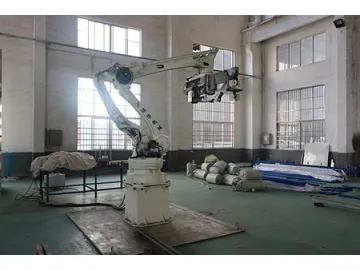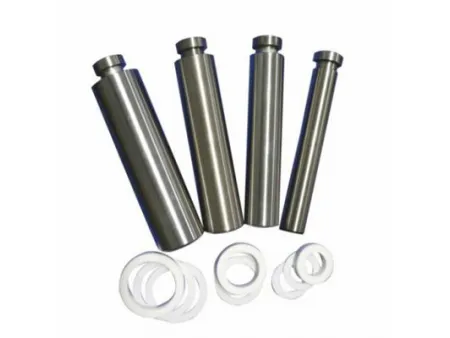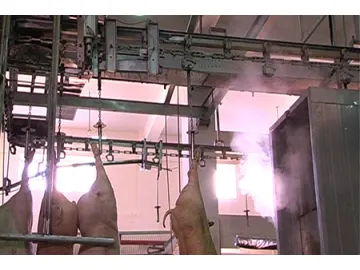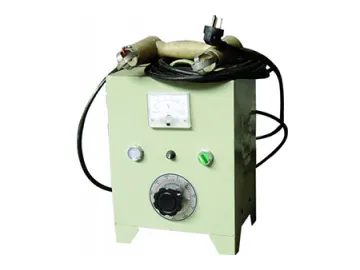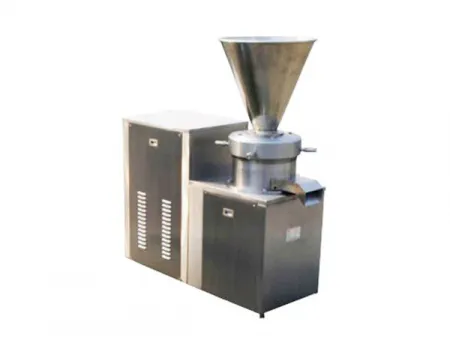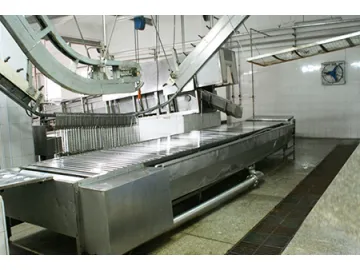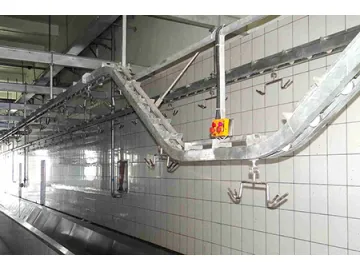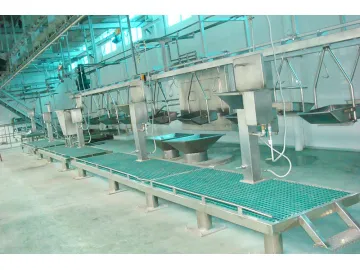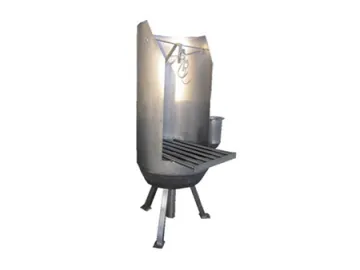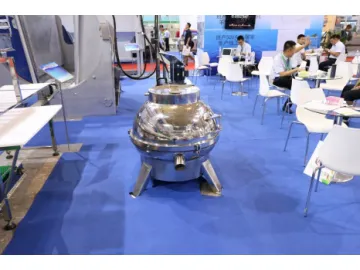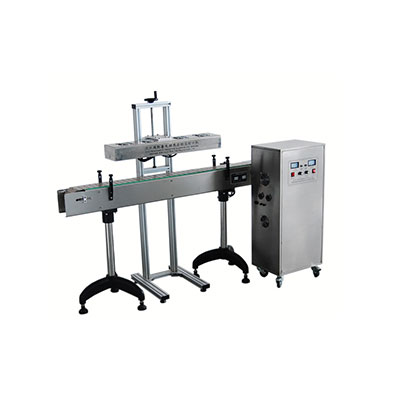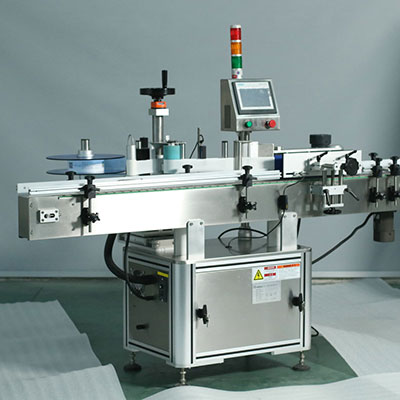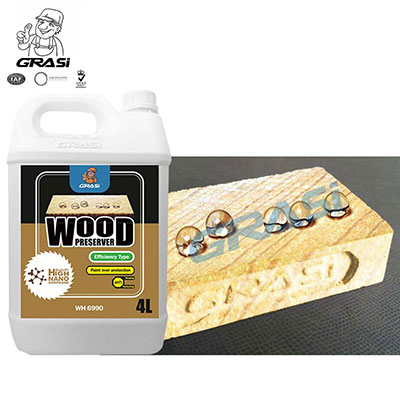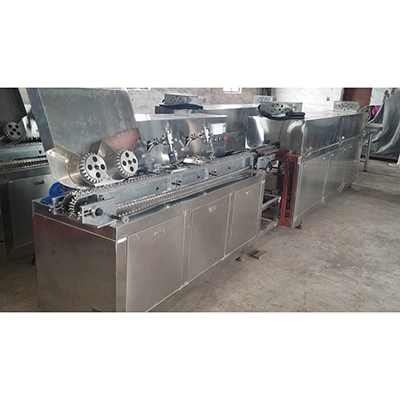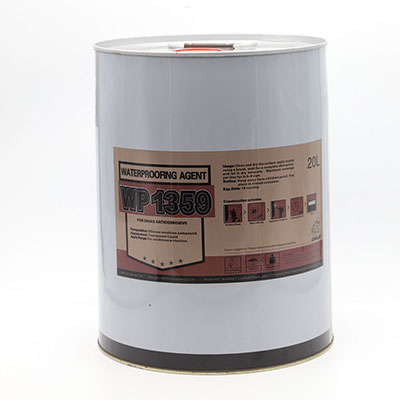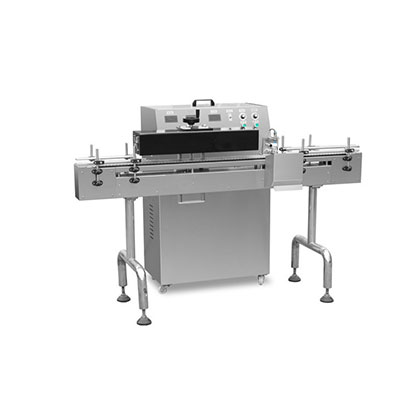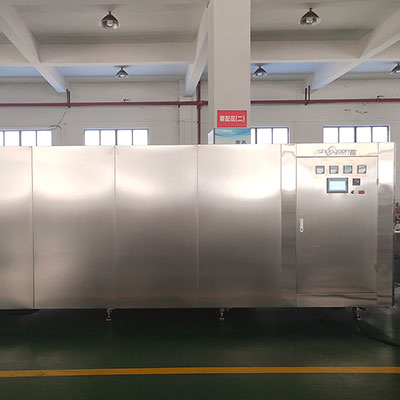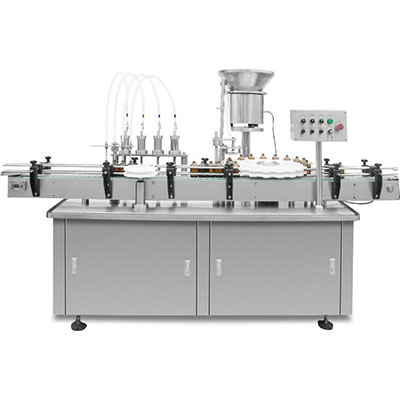Microfluidic High-Pressure Homogenizer
In the high-pressure homogenizer, as the high pressure fluid feeds through the narrow gap module under pressure, the pressure quickly drops and an ultra-fast velocity is created. This triggers a number of phenomena, such as particle impact, cavitation, dissipation of flow, shear or stress disintegration of fluid particles, atomization, emulsification, dispersion, and liposome. Homogenizers, compared with intelligent mixers, ultrasonic devices, and ball mills, boast higher rates of efficiency compared to other technology. High-pressure homogenizers are ideal for a wide range of industries, including electronic materials, life engineering, medicine, food, fiber, paint, and cosmetics.
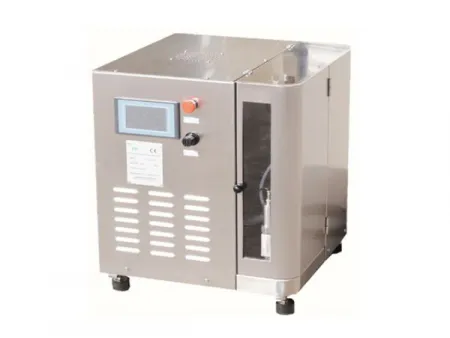
As the high-pressure liquid passes through the narrow gap of the dispersing unit of the homogenizer, the pressure significantly decreases, initiating a supersonic rate of flow. Collisions and cavitation of particles in the liquid along with the leakage ensue, while forces acting at the nano-meter scale leads to shearing of the smallest molecules. Consequently, a complete homogenization of the fluid's components is achieved.
Features The pump body is constructed with components for easy disassembly and cleaning.The temperature range of homogenization can be adjusted between 5-10℃.
Fully automated GMP design, as well as online SIP and CIP procedures.
Extremely high pressures up to 440 Mpa / 4000 bar.
A primary microfluidic valve can be designed, along with an optional Z or Y microfluidic homogenizing valve for added versatility.
Valve block is made of 100% synthetic diamond.
The precision of digital pharmacological displays is measured in bars, with a maximum accuracy of 1 bar.
The high-pressure homogenizer comes with a touch screen to control and manage data, with the ability to copy and save information.
The temperature can be displayed online in two ways: pre-homogenization and post-homogenization. The system monitors for errors and alerts the user if necessary. A frequency conversion control device is designed, which allows for soft start.
The output can be altered by adjusting the flow rate without consuming any material.
Online decompression, with no leftover remnants.
Hydraulic oil propels the power end, providing consistent performance even when dealing with great force.
A new design of microfluidic high-pressure homogenizer valve to feed materials directly, no need for an exhaust port.
Metal is utilized to seal high-pressure components, allowing for reliability and minimal malfunction.
This invention is protected by patents and other intellectual property rights.
Certified with the ISO9001 quality management system.
Passed EU CE mechanical safety certification. Technical Parameters
| Max. nominal pressure | 4000 bar |
| Max. operation pressure | 4000 bar |
| Feed size | < 500 μm |
| Dimensions | 440*410*800MM(W*H*L) |
| Product viscosity | < 10000 CP |
| Capacity | 5 ML-30 L/H |
| Feed temperature | < 90 ℃ |
| Weight | 110 kg |
Schematic diagram of a microfluidic high-pressure homogenizer Y-shaped valve block
Links:https://www.globefindpro.com/products/48602.html
